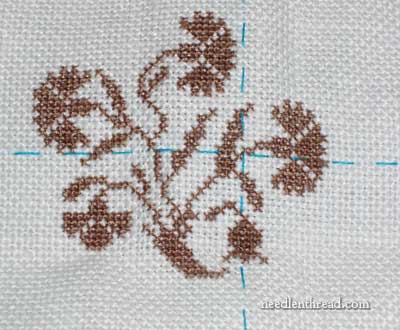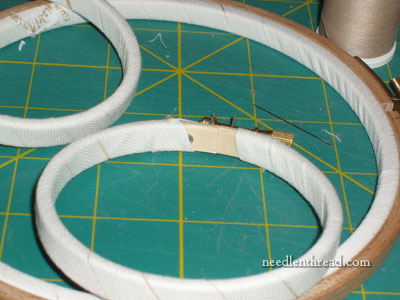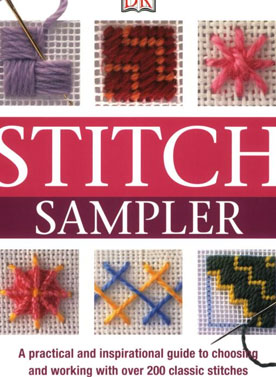Thanks to all for your participation in this week’s book give-away! I read each one of your 300+ comments and it was great fun hearing about your favorite stitch dictionaries. Your favorites and mine seem to coincide, for the most part – there were a couple mentions of little gems that I haven’t gotten my grubby paws on, though, and with your glowing recommendations, I find myself compelled to check out some of your favorites that I haven’t seen yet.
OH NOOOOooooo! You know what this means, don’t you!!? No! No! I must not succumb!!!!
I’ll just keep repeating to myself, “No More Books. No More Books. No More Books….”
But I don’t think it’ll work.
Well, today being Saturday, and the weather being happily autumnal, and darn it, because I want to, I’ve decided to give away three copies of Stitch Sampler. There are just too many people out there who need another book (or a first stitch dictionary!), after all.
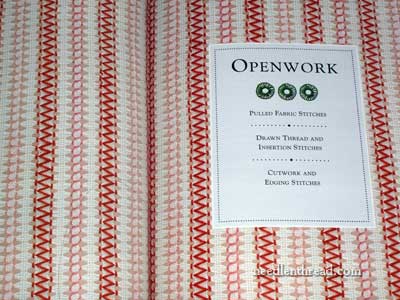 Continue reading “Stitch Sampler Winners! Yes! More than One!”
Continue reading “Stitch Sampler Winners! Yes! More than One!”
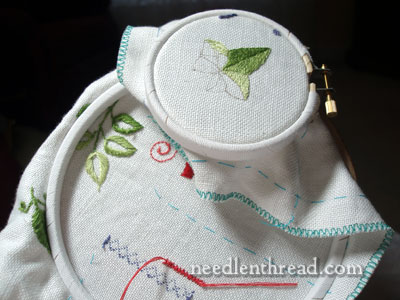

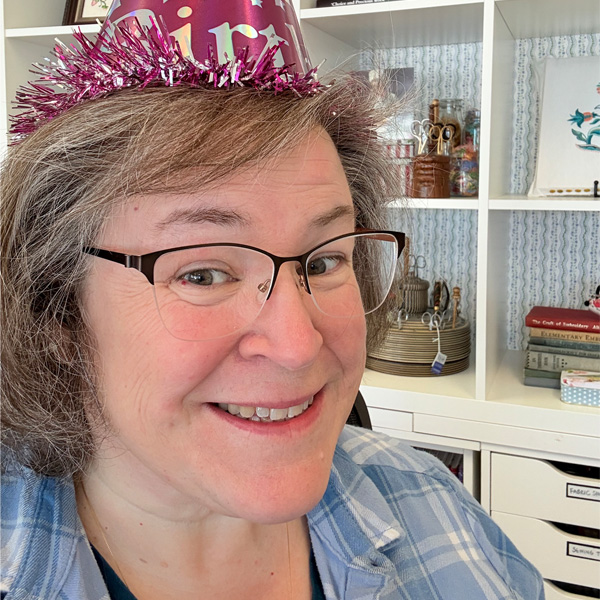

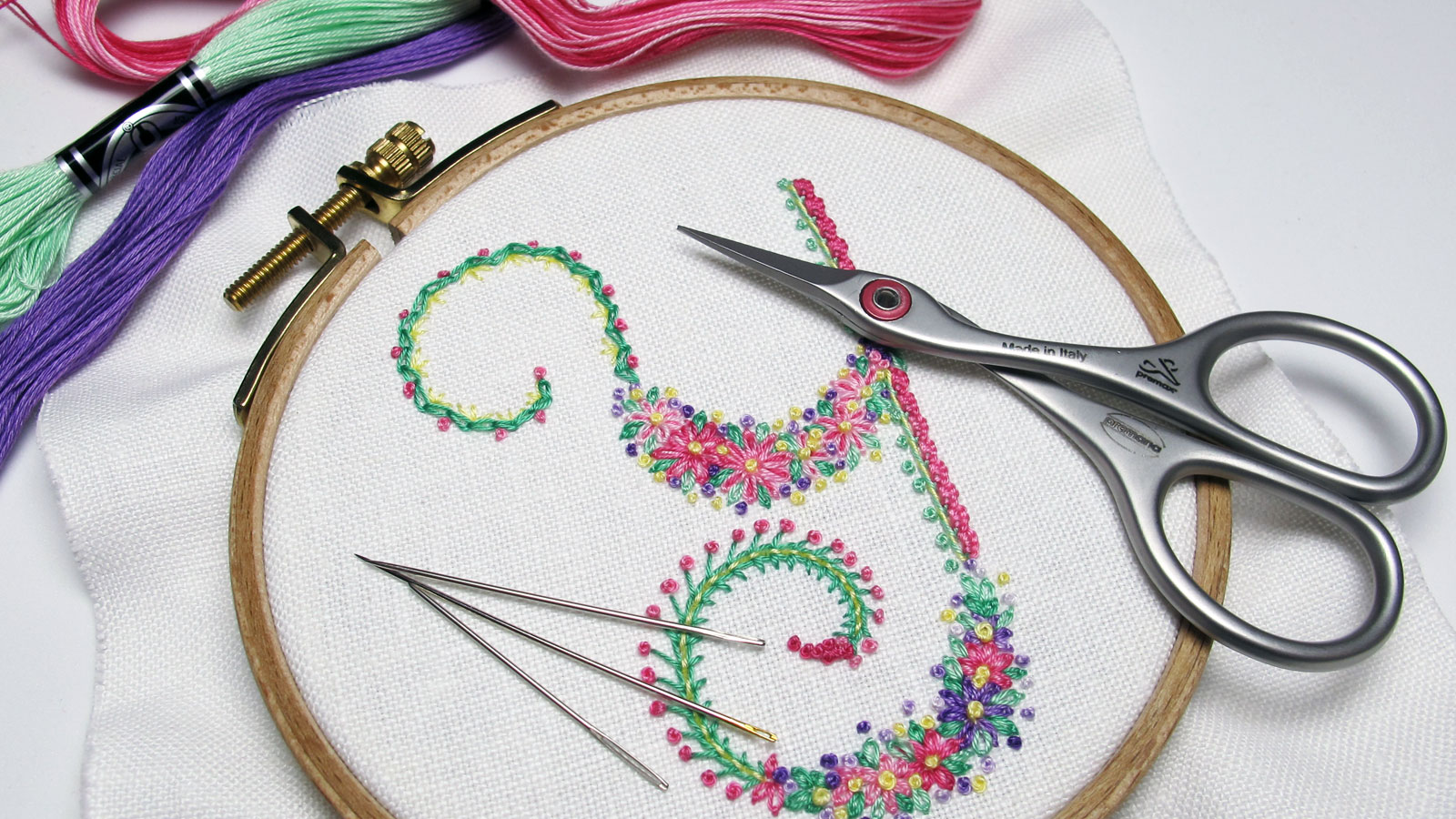

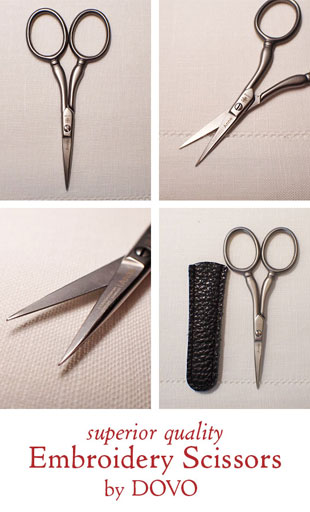
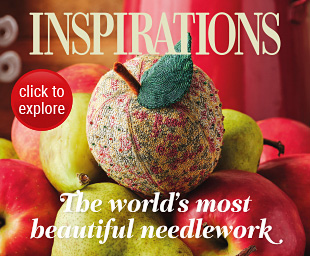

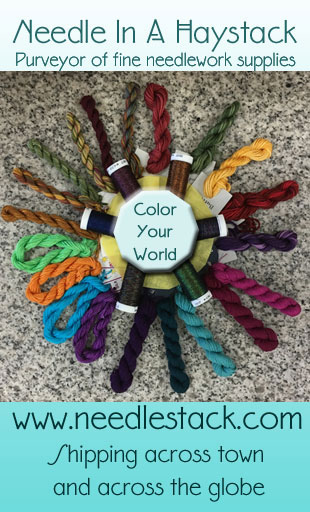
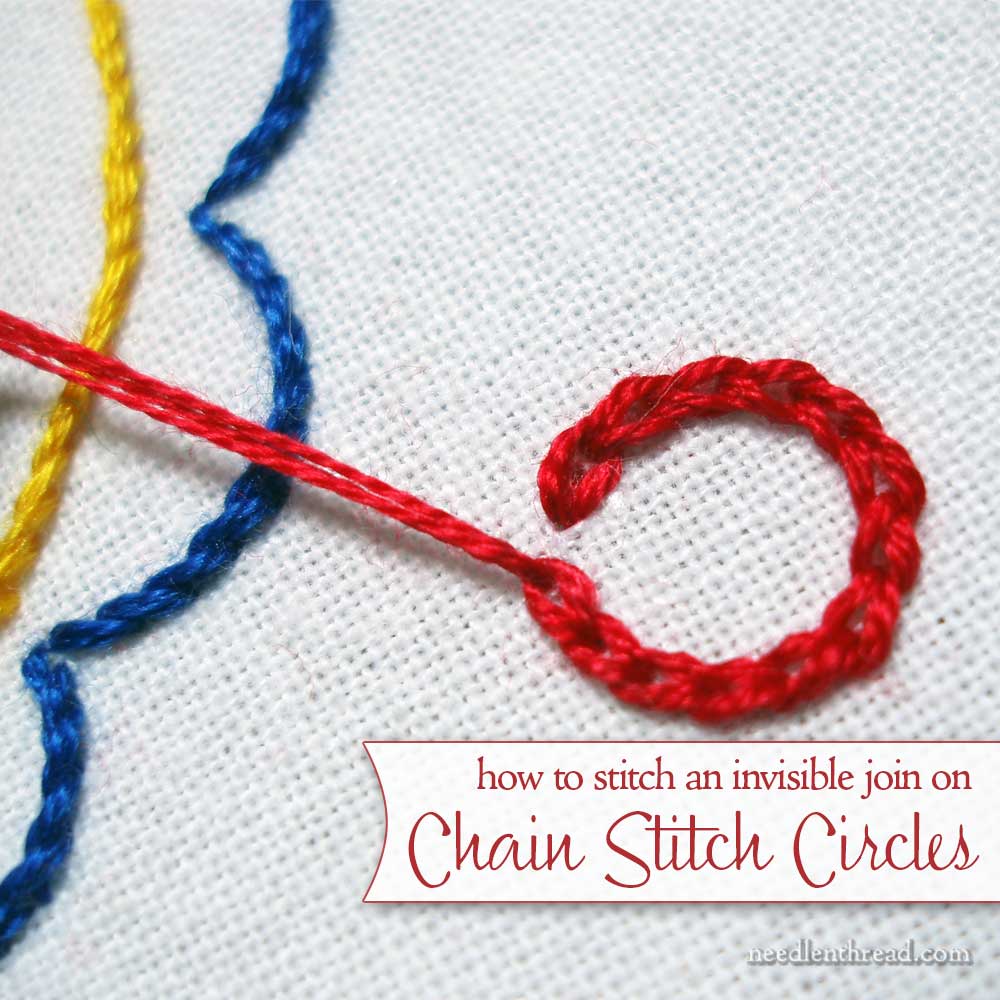
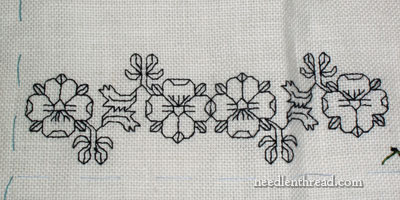 Student’s Sampler
Student’s Sampler
